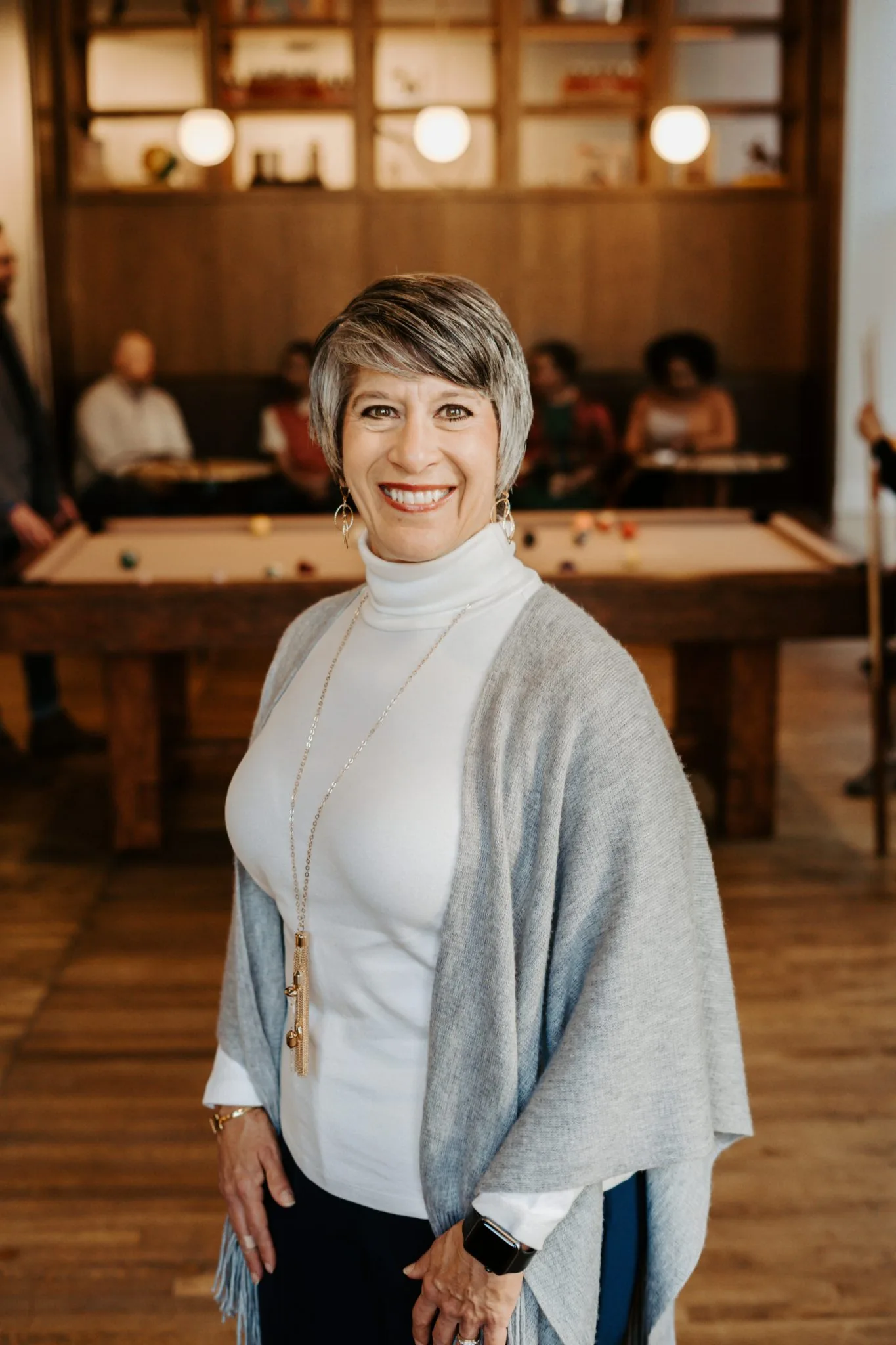John Medina is a developmental molecular biologist with a lifelong fascination for how our minds react to and organize information. He is currently an affiliate professor of bioengineering at the University of Washington School of Medicine and director of the Brain Center for Applied Learning Research at Seattle Pacific University.
One of the outcomes of his journey is the New York Times bestseller, Brain Rules: 12 Principles for Surviving and Thriving at Work, Home and School. The provocative read takes on the designs of our schools and work environments.
“Your brain is fully capable of taking little black squiggles on this piece of bleached wood and deriving meaning from them,” Medina says in an email. “To accomplish this miracle, your brain sends jolts of electricity crackling through hundreds of miles of wires composed of brain cells so small that thousands of them could fit into the period at the end of this sentence. You accomplish all of this in less time than it takes you to blink. Indeed, you have just done it. What’s equally incredible, given our intimate association with it, is this: Most of us have no idea how our brain works.”
Consider this. We try to talk on our cellphones and drive at the same time, even though it is literally impossible for our brains to multitask when it comes to paying attention. We have created high-stress office environments, even though a stressed brain is significantly less productive. The layout of our schools requires most real learning to occur at home.
“This would be funny, if it weren’t so harmful,” says Medina. “Brain scientists rarely have conversations with teachers and business professionals, education majors and accountants, superintendents and CEOs. Unless you have the Journal of Neuroscience sitting on your coffee table, you’re out of the loop. I wrote Brain Rules to help people become more productive by understanding what little we do know about how the brain operates.”
Medina asserts that, if you wanted to create an education environment directly opposed to what the brain was good at doing, you probably would design something like a classroom. If you wanted to create a business environment that opposes what the brain is good at doing, you’d probably design something like a cubicle. And if you wanted to change things, you might have to tear down both and start over.
“My goal is to introduce people to the 12 things we know about how the brain works,” says Medina. “I call these brain rules. For each rule, I present the science. And then I offer ideas for investigating how the rule might apply to our daily lives, especially at work and school.
“Whether you are teachers, parents, business leaders or students, by using what we know about how the brain works — such as how it’s affected by stress, how it forms memories and what it takes to engage it — we can identify ways to better harness its power and improve performance.”








Thoughts? Leave a Comment